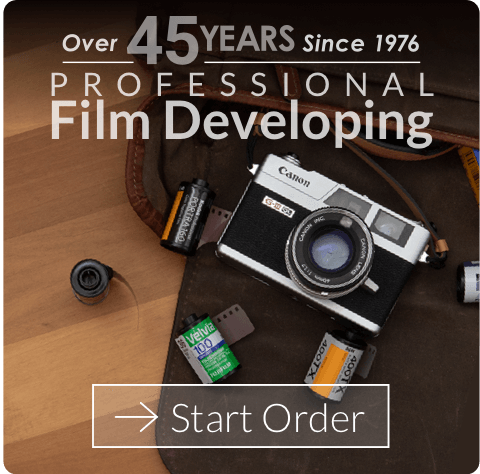35mm Film Format – (135 Film)
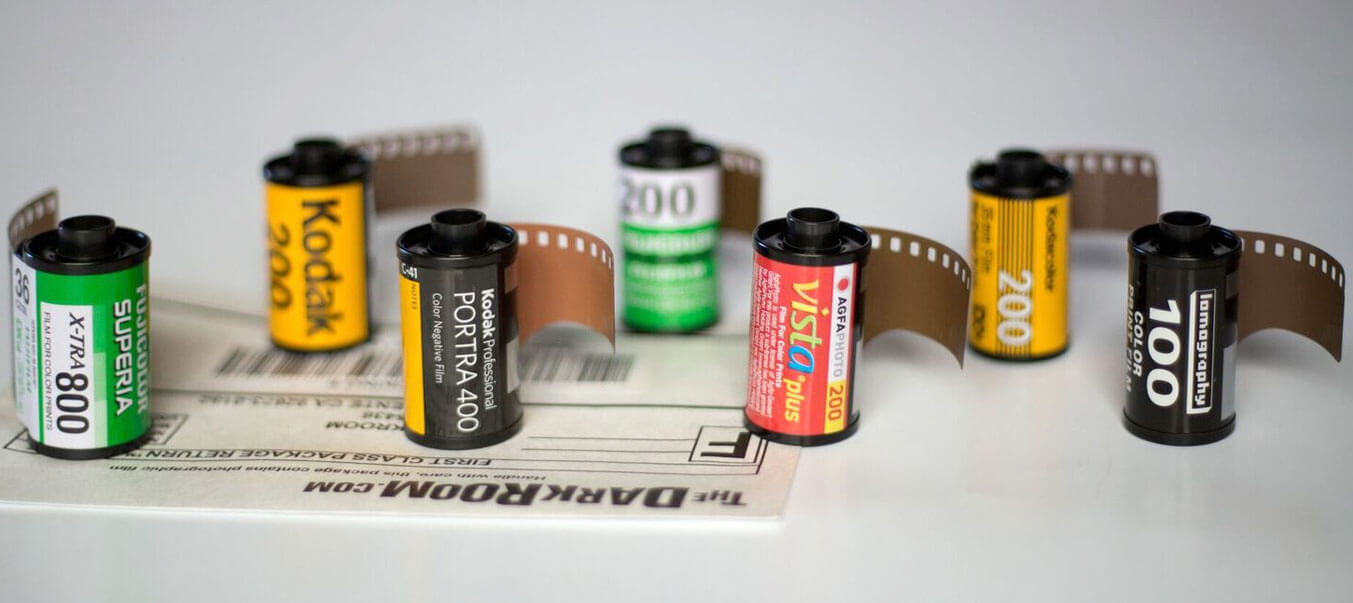
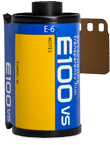 The E-6 process (often abbreviated to E-6) is a chromogenic photographic process for developing Kodak Ektachrome, Fujifilm Fujichrome Velvia, Fujifilm Fujichrome Provia, InfraChrome Color Infrared and other color reversal (slide) photographic film.
The E-6 process (often abbreviated to E-6) is a chromogenic photographic process for developing Kodak Ektachrome, Fujifilm Fujichrome Velvia, Fujifilm Fujichrome Provia, InfraChrome Color Infrared and other color reversal (slide) photographic film.
Read more about E6 Film types and attributes.
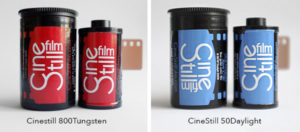
CineStill 50Daylight & 800Tungsten Xpro C-41 Color Negative Film was originally movie stock or cinema film that have been prepared and packaged for use in 35mm still cameras. They have a very unique look and are meant to shoot in very different scenarios. 50D is a daylight film with very fine grain and 800T is a tungsten balanced film that performs very well in lowlight.
See CineStill 50Daylight & 800Tungsten Xpro C-41 example images and film attributes



 My Account
My Account

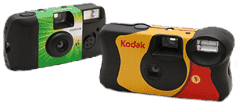
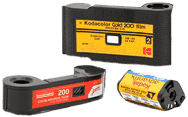
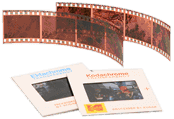
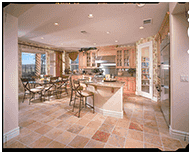
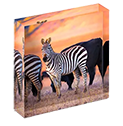
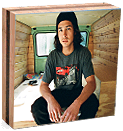
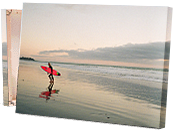

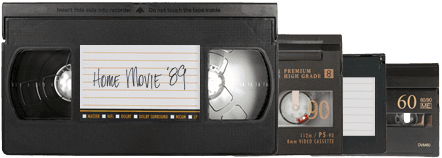
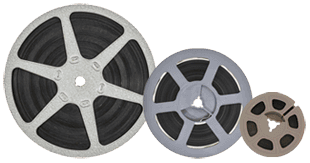
 Gift Cards
Gift Cards Film Index
Film Index FAQ
FAQ
